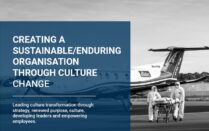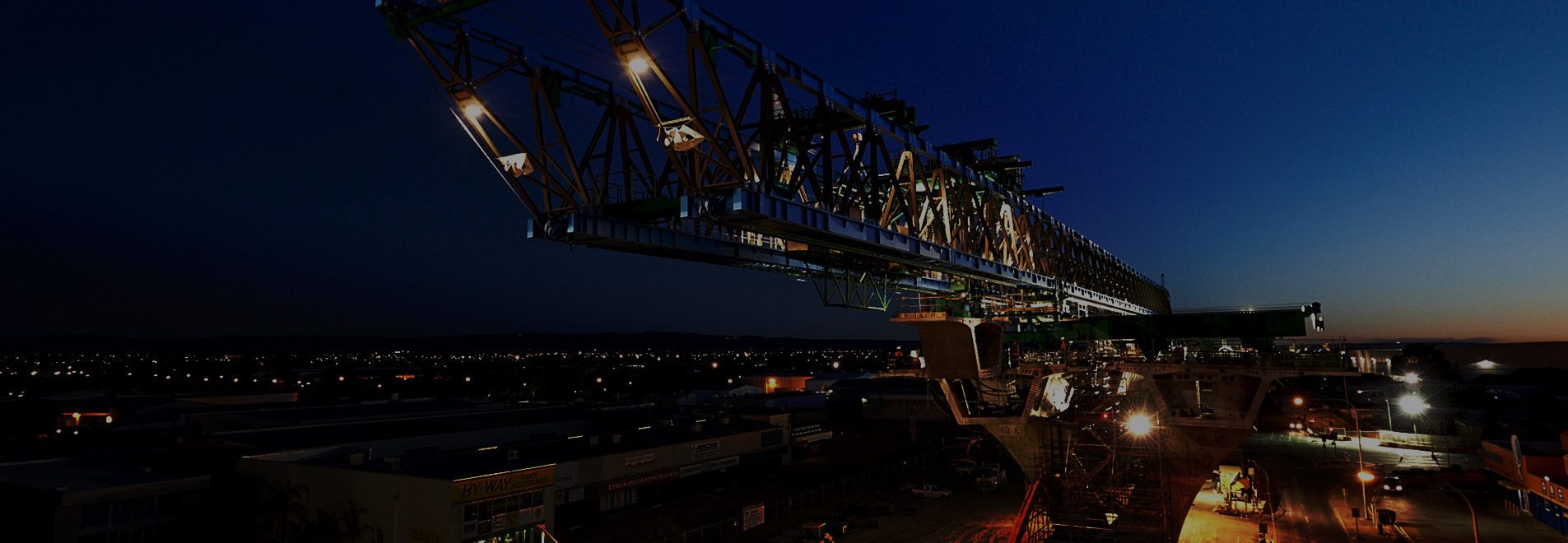
There has been an increasing focus on diversity and inclusion over recent years in the workplace. This has been a focus in infrastructure not only through the workplace but also through Government procurement practices, initiatives, and frameworks of infrastructure with broader outcomes.
Understanding the importance of diversity and inclusion is a journey, which requires not only social change but also cultural change within our organisations and institutions.
As part of the ongoing education on the topic I felt it was important to share the knowledge and science around the topic.
At BRS, we use the Human Synergistics toolkit as a framework to coach and measure culture. We are advocates for these tools as we feel they are evidence based and rich in research.
One of the core pillars of Human Synergistics is the aspiration for organisations to create a culture which is “self-actualised”. The concept of being “self-actualised” comes from Maslow’s hierarchy of needs based on his famous publication in 1943 titled “A Theory of Human Motivation”.
The concept of an organisation being self-actualised is that it aspires to be its best version of itself. High performance from being self-actualised comes from being more connected with your stakeholders, acting with integrity and striving for innovative solutions. It requires a growth mindset which may have short term costs but delivers greater longer-term performance and sustainability.
Firms of endearment – here for the long term
Wolfe, Sheth, and Sisodia through their book “firms of endearment” found that organisations who operate this way are more sustainable in the longer term. This study found that a common characteristic of high-performance organisations was that they were seen by their stakeholders (people, community, shareholders, suppliers) as being more “humanistic”. They are organisations that people want to work for, customers love doing business with and communities are proud of.
Firms of endearment have deeper relationships with their stakeholders and build long-term loyalty with their staff, customers and communities. From a commercial perspective, this delivers superior customer experience, higher innovation, staff commitment and stronger social licence. It creates an environment where staff are intrinsically self-motivated rather than being extrinsically motivated and makes organisations more adaptable to changes in the market.
From Maslows work, corporate culture which is self-actualised can be defined as being:
- More authentic, less influenced by perfectionism
- Increased acceptance of humanity including its strengths and failings
- Greater connection with people, environment and nature
- A greater focus on quality of life
- Improved problem solving by removing ego from the equation
- Genuine sense of equity and fairness
- Increased creativity
- Balanced approach to profit
Using the Organisational Cultural Inventory (OCI) and Organisational Effectiveness Inventory (OEI) toolkits from Human Synergistics, there are a number of casual factors which will influence whether an organisation is self-actualised or whether it is operating in the more traditional aggressive (control) or passive (comply) culture styles. These causal factors include an organisations mission and purpose, organisational design, approach to human resource management, job design and leadership.
Respect for members
One of the sub-casuals of organisational culture is known as “respect for members”. The OEI tool asks three key questions around this:
- Are members treated with respect and dignity?
- Are decisions made in a way that respects members rights?
- Are people treated well, regardless of ethnicity, sex or age?
A good example of this in infrastructure has been the traditional male dominance of the industry. This has historical roots in the traditional male and female home roles, where men were traditionally the financial providers in a family devoting a majority of their time and energy to work. This resulted in workplace cultures where working long hours, prioritising work over your health and well-being, and where financial performance were rewarded as a priority.
It created organisations in infrastructure largely designed around a masculine style of leadership that lacked acceptance of different ways of working. This created barriers for many cohorts such as women, people of disability and indigenous people to succeed in.
It also created a lot of pressure on the workforce emphasising working hard and not being vulnerable which has had alarming outcomes regarding mental health.
It failed to recognise the value of a feminine working style which can promote connection, belonging, sustainability and nurturing approach, as well as reflecting indigenous ways of thinking which place a higher focus on environment, relationships and sustainability.
Mission, Purpose and Customer Centricity
Other relevant sub-casuals of organisational culture are articulation of mission and customer service focus which ask questions about how staff are connected with the organisations purpose and our alignment with the needs and wants of our customers. These reflect the degree to which the values and views of an organisation is aligned to those of its communities and people.
In my experience, matching of your products and services, as well as alignment of your company culture towards community and customer needs is one of the most important factors in running a successful business (both private and public). This is not only at senior decision-making levels but also at the coal face where many day-to-day interactions with customers and communities take place.
In private sector, repeat business is one of the most important factors in success and in public sector understanding your communities’ needs is one of the most important factors in improving quality of life and obtaining social licence.
A good example of this is in transport infrastructure. Women are one of the largest users of the transport network, people of disadvantage rely on the transport network to get access to employment and Government services, and the transport network causes significant damage to the environment and traditional lands. Yet, women, people of disadvantage and indigenous people are largely underrepresented in our infrastructure organisations and get little say over how things get done or where the money gets spent.
It can result in a transport network that meets the needs of some cohorts (i.e., building roads) and not the needs of others (pedestrian safety, lighting, public transport, environmental). A practical example of this is in local government where many jurisdictions have backlog of footpaths to be constructed or poor lighting to make walking safe.
Another example is around the debate on broader outcomes. Broader outcomes in infrastructure is the focus on delivering greater public benefit beyond the transport benefit. This is important as funding for transport projects is competing for funding in education, health and social services.
We also see it in the business case process where transport benefits and delivering a positive BCR is still the focus of Treasury ignoring the social, cultural and broader economic equity objectives of a project. We see it in asset management where lowest whole of life cost is still the priority over reducing carbon and improving green space.
We also see this through employment of staff in the industry. There are many structural barriers for some cohorts of people in gaining access to jobs, leadership positions and the economic benefits of
Conclusion
Diversity and inclusion is a complex topic as it requires a change in established ways of working, social norms and economic structures. Much of today’s thinking into organisation design, organisational culture and leadership emerged from the industrial revolution in manufacturing and the military. They were based on a command-and-control style of organisation with a focus on specialisation of labour and efficiency.
Organisations play a key role in enabling a change towards greater diversity and inclusion. Through diversity and inclusion we can have a more balanced approach to organisational performance. A balance of task and people leadership styles which in my opinion is the core element to a high performing team.
To do this organisations must see the benefit, and pursue a truly self-actualised mindset and culture. This requires us to be flexible, patient and supportive.
It requires a growth mindset which is open to change and recognises that change is a journey. Not every strategy we implement will be efficient and effective, but in the longer term we will realise the benefit creating more sustainable businesses and a more connected society.



